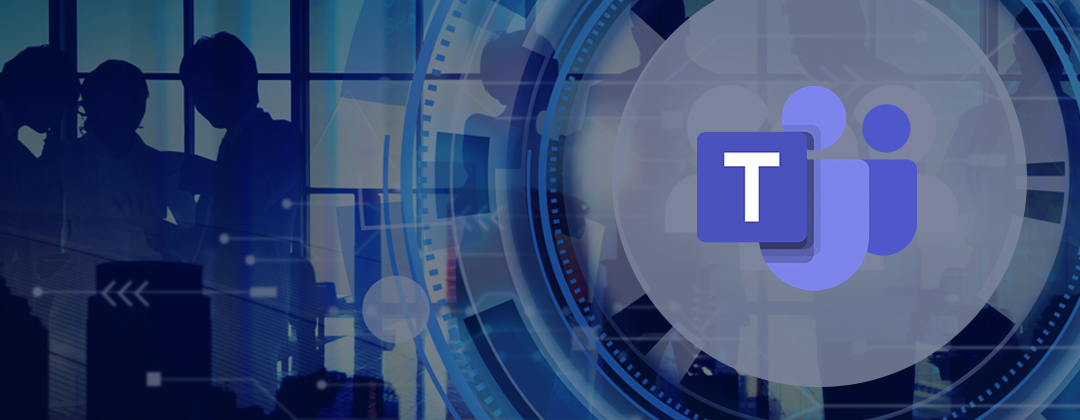Since 2020, the working world has turned into an irrevocably different place – and contact centres have transformed right alongside it.
Symity has been one of the major support teams in helping these facilities evolve to meet the needs of a changing environment – and in this feature Symity’s Modern Workplace Specialist Chris Goodwill reflects on how the sector has moved on…
Contact centres have been steadily evolving for many years – embracing the development of new communications hardware, headset technology, and customer strategies that fit a Cloud-first approach. But the past couple of years has brought about the kind of momentous change unlike anything seen since the inception of the digital era.
These facilities are in the process of an irrevocable transformation – shifting significantly so they can shape new solutions for digital-first, customer-focused environments within hybrid work models.
Workplaces operate differently, customers interact in new ways, and the contact centre itself has been forced to rapidly adapt amid the post-pandemic era of digital transformation.
The result has seen the rise of the Contact Centres as a Service (CCaaS) – a model that is expected to play a pivotal role in many business strategies in the years ahead.
How does CCaaS work?
The modern workplace has also given birth to new vernacular: Omnichannel, Chat, Bots, WebChat, Social Media, SMS, IoT. A trending work model often brings about its own set of vocabulary, but these are more than buzzwords. These are real considerations for organisations to leverage their investment in comms software to enable their customers and employees to deliver improvements in how they work.
Today, customers expect to be able to reach the right person or receive the right information with little effort and delay – which may be through social media channels such as WhatsApp, Facebook or Twitter.
Legacy voice and Contact Centre platforms manage telephone calls and not much more, but with the new evolution of Contact Centre as a Service platforms, Cloud first services bring a much richer experience for the dialogues taking place, which can be handled by a myriad of agent types who constantly communicate with customers, whether internal or external.
The challenge, however, is making the transfer of calls across channel types seamless.
A customer may begin with a WhatsApp message, which uses a Chatbot to provide some key information, but when the dialogue requires human intervention that handing off is easy and the communication is directed to the right person with the correct skills and knowledge.
Native Microsoft Teams Contact Centres deliver this functionality and allow organisations to leverage their investment in Microsoft Phone System.
This new breed of dialogue management is helping to drive new behaviours, more efficient processes and deliver exceptional results for those businesses embracing and investing in new cloud based Contact Centre technologies.
Understanding customers with CCaaS
As well as the effective handling of multiple dialogue channels, MS Teams Contact Centres also provide organisations with real-time data and intelligence, whether in the form of dashboards, wallboards or reporting.
For some organisations migration away from legacy solutions can be viewed as simply a lift and shift, where functionality is replicated on a new platform.
However, the real benefit of moving to a CCaaS offering is seen, when an organisation reviews how they are currently working and then look to deliver improvements for their own teams and ultimately customers in how services are delivered.
Analysis and insights during the design phase of an engagement with a client creates a true understanding of what the organisation is trying to achieve. If the direction of travel for dialogue management within the business is not clear, running an ‘Art of the Possible’ workshop with a client will uncover where to incorporate functionality to realise successful outcomes.
The adoption and communication segments of a deployment of new CCaaS technology should also not be overlooked. To ensure clients see return on investment with regard to new contact centre technologies, embedding training needs analysis, communication plans and high quality adoption assets is pivotal and ought to form part of initial discussions, rather than coming later.
How to successfully support CCaaS
The real value is where those organisations work closely with a consulting partner like Symity to ensure they leverage the capabilities of the solution.
This does not have to be a huge shift in systems and processes, deployment phases ensure that changes to the organisations are handled effectively, with adoption and training pivotal to ensure a successful return on investment.
Using a partner’s extensive experience of collaborating with clients regarding Microsoft Unified Communications, organisations can move their businesses strategically forward in line with the demands of modern communications.
The key to success is understanding requirements, translating those into high quality solutions and delivering exceptional support – always with a view on how developments can be leveraged to ensure you get the most from the chosen Contact Centre solution.

Chris Goodwill
Strategic Partner Manager and Solution Specialist
Symity
